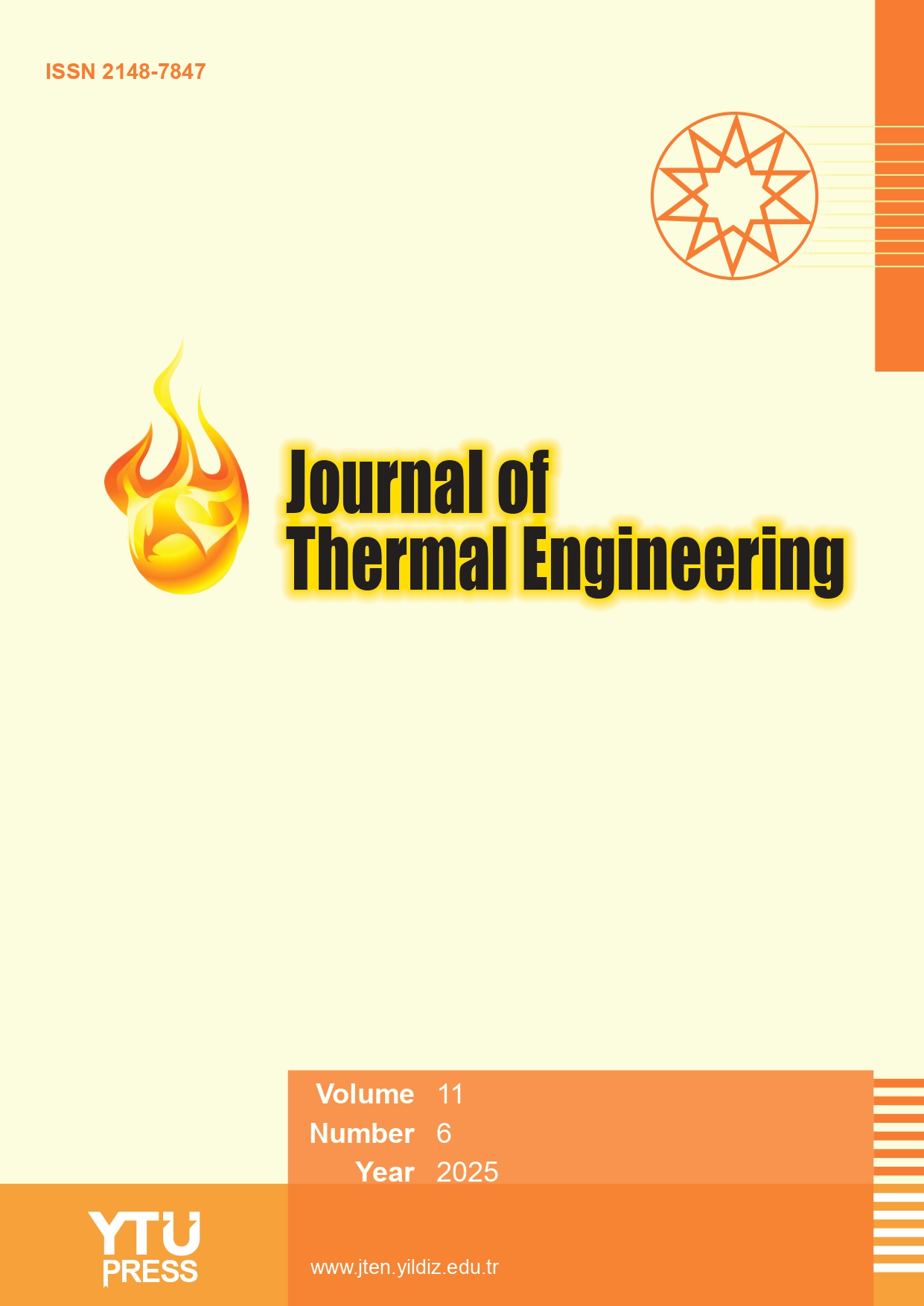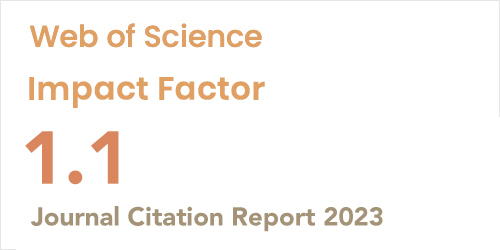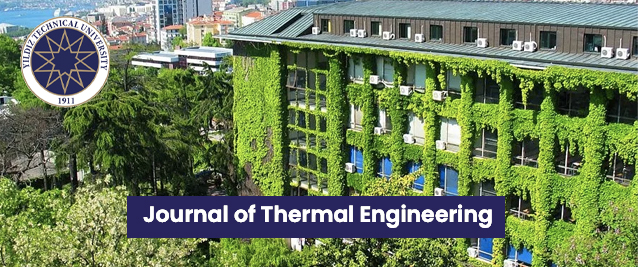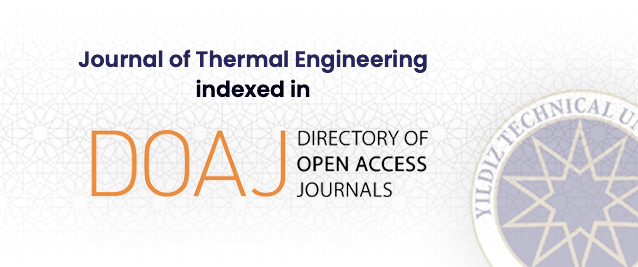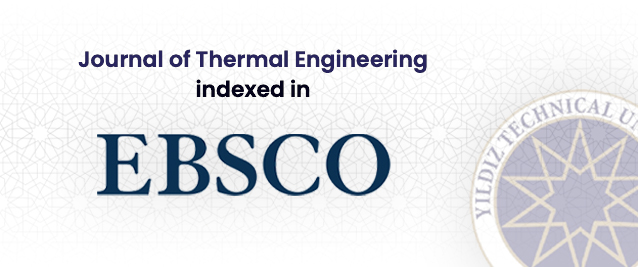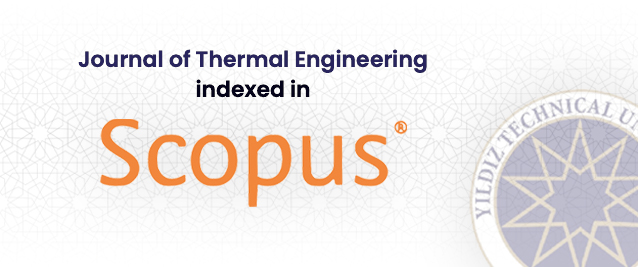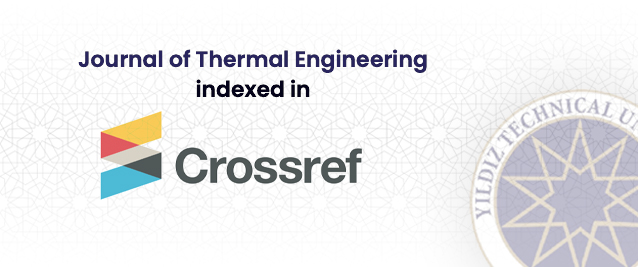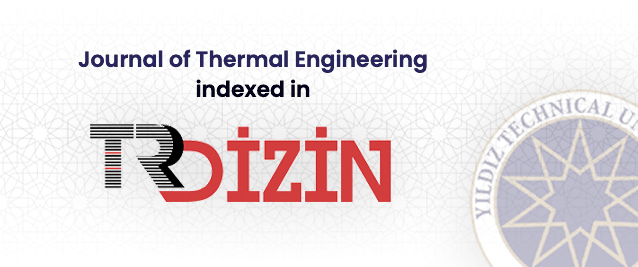2Department of Mechanical Engineering, AU College of Engineering, 530003, India
3Department of Mechanical Engineering, ANIL Neerukonda Institute of Technology and Sciences, Visakhapatnam, 531162, India
4Department of Mechanical Engineering, Miracle Educational Society Group of Institutions, Bhogapuram, 535216, India
Abstract
The study investigates the heat transfer properties of ethylene glycol-alumina nanofluids in a double-tube spiral coil heat exchanger operating under laminar flow conditions. The present study is related to solar thermal systems and discusses the effects of surface modification of nanomaterials before dispersion in ethylene glycol. Further, the study compares the experimental values with a computational fluid dynamics model. The fluid used consists of ethylene glycol with dispersed nano-alumina (Al2O3) with a diameter of 50 nm in concentrations of 1%, 0.5%, 0.25% and 0.125%. The aluminum oxide nanoparticles were surface modified with the surfactant hexadecyl cetyl trimethyl ammonium bromide to improve the dispersion stability. To determine the thermal conductivity and dynamic viscosity at different concentrations, C-Therm thermal analyzer and a Brookfield viscometer were employed. The heat transfer intensification studies were conducted in a double-tube spiral heat exchanger. The dispersion of nanoparticles leads to an increase in thermal conductivity of up to 20 %. The results show that adding alumina nanoparticles to ethylene glycol resulted in an increase in the heat transfer coefficient by up to 32% compared to base ethylene glycol. The heat transfer coefficients of the test fluids increased by 22%, 27%, 30% and 32% when nanofluids with alumina concentrations of 0.125%, 0.25%, 0.5% and 1%, respectively, were used. The validity of the results was confirmed by comparing the experimental data with computational fluid dynamics models. The validation of the mesh confirmed the accuracy of the numerical flow model. The deviation between the experimental data and the values predicted by the flow model is negligible.


